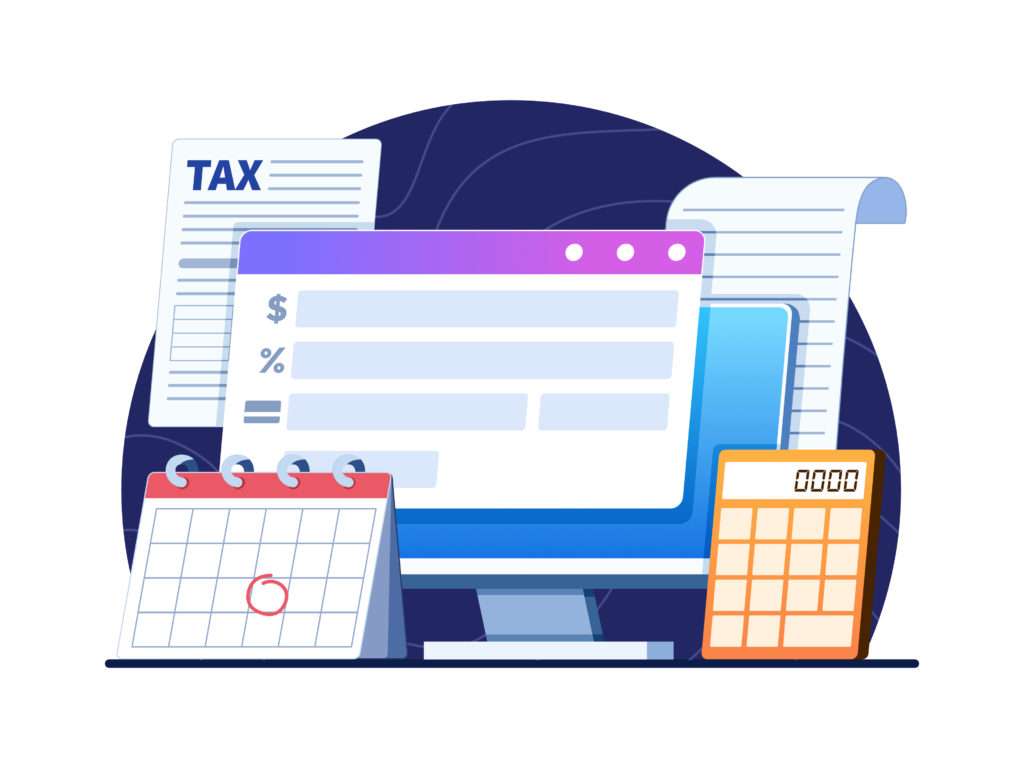What Is A Personal Tax Account?

Let me guess, you haven’t the slightest clue what a ‘Personal Tax Account’ is, let alone its benefits – Am I right? I’m right aren’t I😗?
As several years back, studies were taken which revealed that nearly half of UK employees had never utilised HMRC’s Personal Tax Account service, even though about a third expressed a desire for ‘better understanding and management of their personal tax affairs’. Do not worry though, this blog will tell you everything you need to know about personal tax accounts.
What Is A Personal Tax Account?
A Personal Tax Account provides a secure online platform for you to access, update, and manage your information with HMRC at your convenience. It puts together all your tax details in one place, offering a faster and simpler alternative to reaching out via phone or mail to update HMRC.
What Can You Do With A Personal Tax Account?
Regardless of your employment status, whether you’re self-employed, employed, or earn extra income from sources like property rentals, you can utilise your Personal Tax Account for:
- Complete, submit and review your personal tax return online.
- Claim a tax refund especially if you’ve overpaid tax through PAYE.
- Keep track of tax forms you’ve submitted online.
- Inform HMRC about changes in your name and address.
- Find your National insurance number.
- Get an estimate of how much income tax you’ll have to pay.
- Review and amend your Income Tax, tax code.
- View your employment earnings and tax contributions over the last 5 years.
- Obtain a forecast of your State Pension.
- Check, manage and renew your tax credits.
- Check or update your marriage allowance status.
- Report changes affecting your child benefit.
- Stay informed about employment benefits, such as private medical insurance, and update them seamlessly.
- Check your UTR number.
In a nutshell, the personal tax account provides quick access to all your essential information through a centralised online dashboard. However, unfortunatley with everything there’s limitations. For instance, you must report and pay your capital gains tax through a different account.
How To Set Up A Personal Tax Account?
Regardless of your employment situation, creating a personal tax account is a pretty straightforward process.If you’re already registered as self-employed with HMRC, you should have a Government Gateway user ID. You can use this, along with your national insurance number, to confirm your identity. It’s crucial to obtain your Government Gateway ID promptly if you haven’t already. For self-employed individuals, registration must be completed no later than the 5th of October in their second trading year.
If you haven’t filed an HMRC tax return online before, you’ll need to use the Gov.uk Verify service. HMRC will guide you through identifying questions and request financial details along with personal documents to complete the process, e.g Bank statements, Passport, Drivers license or P60/Payslip.
The Benefit Of Signing Up?
The Personal Tax Account simplifies the process of updating your information with HMRC. For parents claiming Tax Credits, it provides a convenient way to monitor your claim and renew online.
If you have multiple jobs, you can verify your payslips and ensure accurate tax payments. Given the challenges of reaching HMRC via helplines, this system saves time and streamlines interactions with HMRC, making the process quicker and more efficient.
If you’re looking for further information or further guidance for setting up Personal Tax Accounts, then look no further than Cangaf Ltd. Contact us today for a free, no-obligation quote, and let us help you with all your accountant needs!

